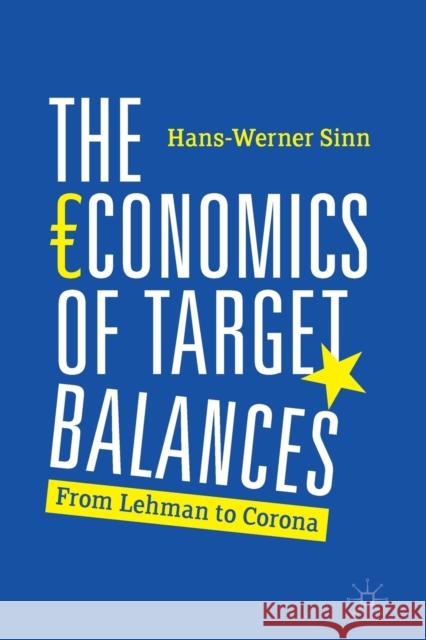The Economics of Target Balances: From Lehman to Corona » książka
topmenu
The Economics of Target Balances: From Lehman to Corona
ISBN-13: 9783030501693 / Angielski / Miękka / 2020 / 146 str.
Kategorie BISAC:
Wydawca:
Palgrave MacMillan
Język:
Angielski
ISBN-13:
9783030501693
Rok wydania:
2020
Wydanie:
2020
Ilość stron:
146
Waga:
0.24 kg
Wymiary:
23.39 x 15.6 x 0.89
Oprawa:
Miękka
Wolumenów:
01
Dodatkowe informacje:
Wydanie ilustrowane











